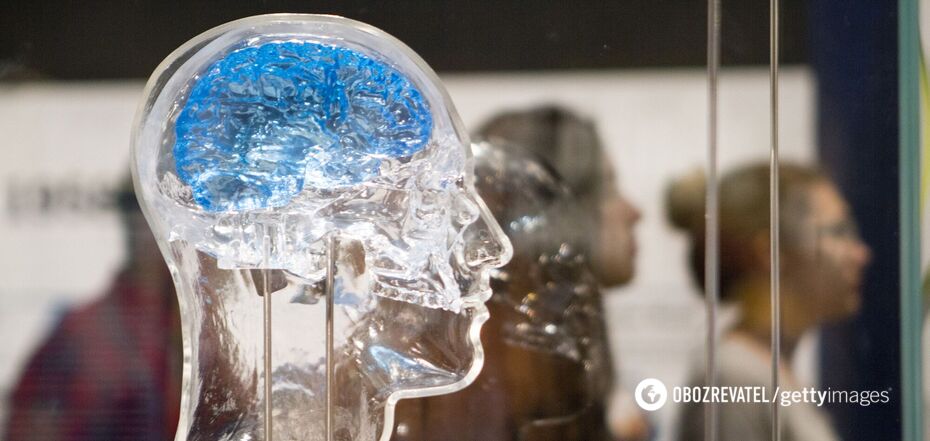News
The brain can store almost 10 times more data than previously thought. The results of the study
A new study by scientists confirms that the brain can hold almost 10 times more information than previously thought. Like computers, the brain's memory is measured in "bits," and the number of bits it can store depends on the connections between its neurons, known as synapses.
Previously, scientists believed that synapses had a fairly limited number of sizes and capacities, and this limited the brain's storage capacity. However, this theory has been questioned in recent years - and a new study has confirmed the idea that the brain can hold about 10 times more, LiveScience writes.
During the study, scientists developed a very accurate method for assessing the strength of connections between neurons in a part of the rat brain. These synapses form the basis of learning and memory, as brain cells communicate at these points and thus store and exchange information.
By better understanding how synapses strengthen and weaken, and to what extent, scientists have more accurately quantified how much information these connections can store. And the results of the study, published in the journal Neural Computation, show that this new method can not only improve our understanding of learning, but also affect aging and diseases that destroy connections in the brain.
"These approaches underpin the ability of neural circuits to process information. Being able to estimate how much information can potentially be represented is an important step toward understanding the brain's ability to perform complex computations," commented Jai Yu, associate professor of neurophysiology at the University of Chicago.
The human brain has more than 100 trillion synapses between neurons. Chemical messengers are launched through these synapses, which facilitates the transfer of information through the brain. And through specific synapses, the transmission of information is enhanced. This "strengthening" of synapses allows the brain to store new information. In general, synapses strengthen or weaken in response to how active the neurons that make up the synapse are, a phenomenon called synaptic plasticity. However, as we age or develop neurological diseases such as Alzheimer's, our synapses become less active and thus weaken, reducing cognitive ability and our ability to store and retrieve memories.
Measuring the precision of synaptic plasticity has proven difficult in the past, as has measuring how much information a particular synapse can store. The new study changes that. To measure synaptic strength and plasticity, the team used information theory, a mathematical way of understanding how information is transmitted through a system. This approach also allows scientists to quantify how much information can be transmitted across synapses while accounting for the "background noise" of the brain.
The team analyzed pairs of synapses in the rat hippocampus, a brain region that plays an important role in learning and memory formation. These pairs of synapses were neighbors, and they were activated in response to the same type and amount of brain signals. The scientists found that, given the same input, these pairs were strengthened or weakened by the same amount, indicating that the brain is very precise when it regulates the strength of a particular synapse.
"In the future, this method can also be used to compare the capacity of different brain regions. It can also be used to study one part of the brain when it is healthy and when it is in a diseased state," one of the scientists commented on the results of the study.
Only verified information is available on our Telegram channel OBOZ.UA and Viber. Do not fall for fakes!




























